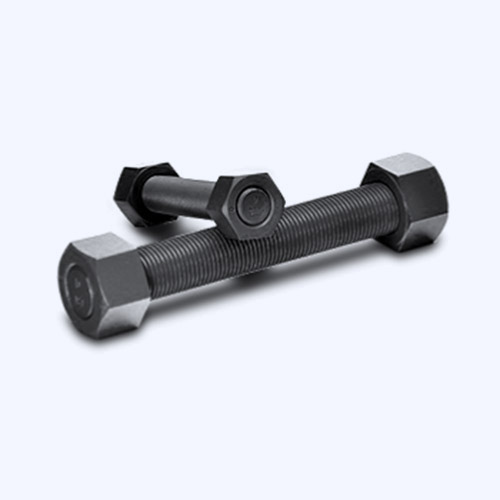Nov . 08, 2024 08:23 Back to list
Understanding Lead Screw Threaded Rods and Their Applications in Mechanical Systems
Understanding Lead Screw Threaded Rods Applications and Advantages
Lead screw threaded rods are essential mechanical components widely used in various applications where linear motion is required. These rods consist of a cylindrical shaft with a helical ridge, known as a thread, wrapped around its exterior. The primary function of a lead screw is to convert rotary motion into linear motion, making it a crucial element in many engineering and manufacturing setups.
Construction and Design
A typical lead screw threaded rod is designed with precision to ensure smooth operation and high efficiency. The threading can be classified into several types, including Acme threads, square threads, and trapezoidal threads. Each type has distinct characteristics suitable for different applications. For example, Acme threads have a wider base, making them more robust and resistant to wear and tear, while square threads have higher efficiency in force transmission.
The lead (the distance the screw moves linearly with one full revolution) plays a significant role in the functionality of lead screws. A higher lead means faster linear motion for the same amount of rotational input, making it ideal for applications necessitating rapid movement.
Applications
Lead screw threaded rods find their applications in numerous fields, including
1. Machinery They are commonly used in CNC machines and other automated devices for precise positioning of tools and parts. The accuracy of the lead screw directly affects the precision of the machining process. 2. Robotics Lead screws facilitate the movement of robotic arms and other components, allowing for controlled and repeatable motion. They are essential for applications in robotics where precision and reliability are paramount.
3. Medical Equipment In devices such as MRI machines and surgical tables, lead screws help achieve accurate positioning and movement, ensuring patient safety and comfort during procedures.
4. 3D Printers Lead screws are a fundamental part of 3D printers, allowing the print head and build platform to move precisely along the X, Y, and Z axes. The quality of the prints can be heavily influenced by the precision and stability of the lead screws.
lead screw threaded rod

Advantages of Lead Screw Threaded Rods
Lead screw threaded rods offer several advantages that make them preferred in various applications
1. High Load Capacity Due to their design, lead screws can support substantial loads while maintaining stability, making them suitable for heavy-duty applications.
2. Self-Locking One of the significant advantages of certain types of lead screws, particularly Acme and square threads, is their self-locking mechanism, which prevents back-driving under load. This feature is critical for applications requiring stability when the load is applied.
3. Cost-Effectiveness Compared to other linear motion systems, such as ball screws, lead screws are generally more affordable and easier to manufacture, making them a cost-effective solution for many applications.
4. Simplicity and Reliability Lead screws are simpler in design and require less maintenance than other types of motion systems. This reliability often results in lower long-term operational costs.
5. Versatility With options available for different thread types and leads, lead screws can be customized to meet specific application requirements, making them a versatile choice for engineers and designers.
Conclusion
In conclusion, lead screw threaded rods are fundamental components in various mechanical systems where linear movement is essential. Their ability to convert rotary motion into linear motion efficiently, coupled with their cost-effectiveness and reliability, makes them indispensable in numerous industries ranging from manufacturing to robotics and beyond. As technology continues to evolve, the role of lead screws will likely expand, leading to innovative applications and enhanced designs in the future.


